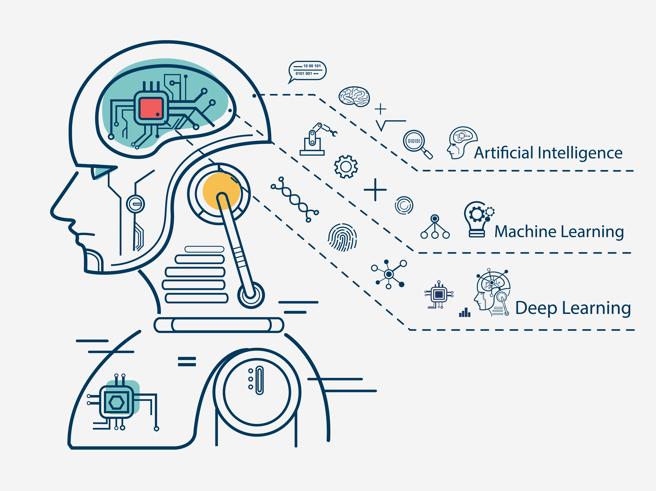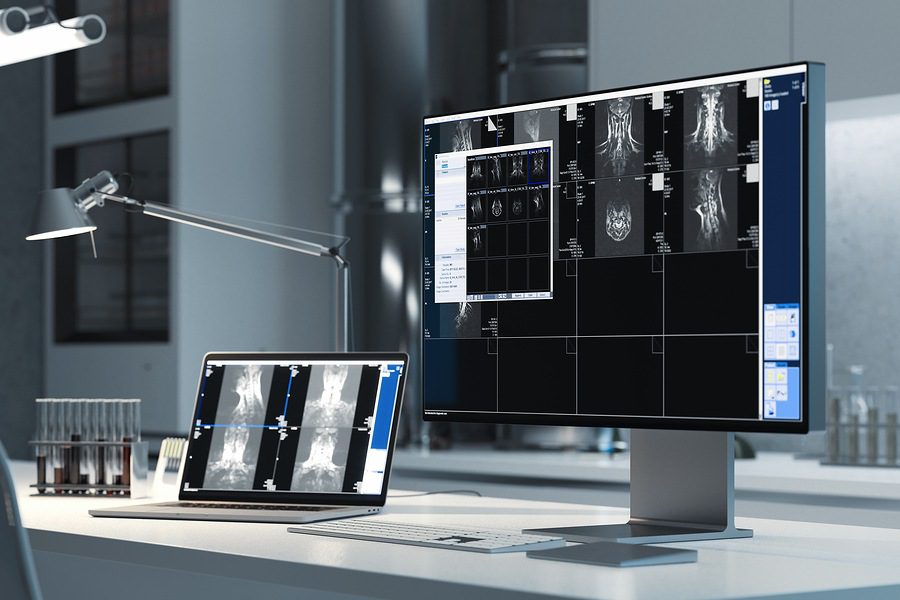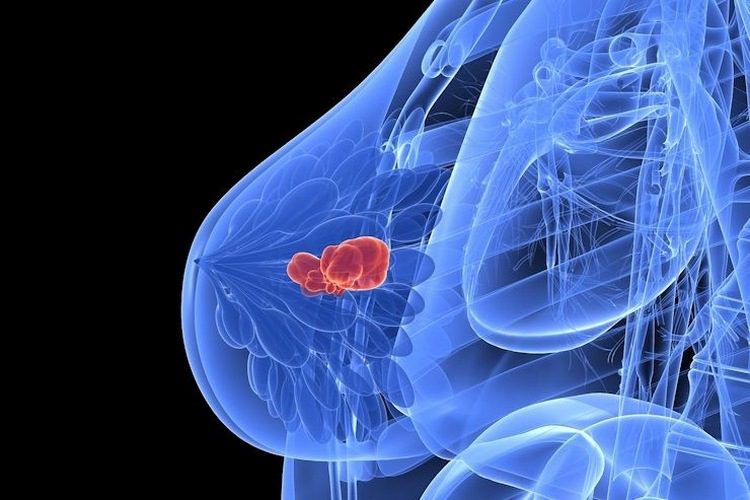Original article: L’intelligenza artificiale rivoluziona la diagnosi tumorale, by Valeria Postiglione
Is it possible to diagnose malignant tumors that escape the human eye? Is it possible to have a faster and more precise oncological diagnosis with the help of algorithms? It has recently been discovered that artificial intelligence (AI) and deep learning can do all of this, revolutionizing cancer diagnosis, which is currently essential for increasing the patient’s survival rate. So AI can help medicine in the fight against cancer. But how?
What is artificial intelligence?
Artificial intelligence is a branch of computer science that makes it possible to provide human characteristics to machines through the design of hardware and software programs. AI uses numerous algorithms to model intelligent behavior with minimal human intervention. It is a discipline officially born in 1956 and has the potential for application in almost all fields of medicine. These intelligent systems analyze large amounts of data to speed up diagnosis times and increase their accuracy.

Deep learning – how machines learn?
The term “deep learning” was coined in 1986. As the name suggests, today, it is considered the most advanced frontier in the field of machine learning. Deep learning algorithms are made up of artificial neural networks that mimic how the human brain learns and analyzes information. They are designed to learn from models and images, from which they extract data and find links between them. Thus, they can solve complex problems even when using a very different data set. For example, these algorithms can be applied in the medical field to automatically detect malignant tumors and identify personalized treatments.
A valid tool for tumor screening
Deep learning is mainly used in radiomics to analyze medical images through sophisticated computers. After analyzing the images, the algorithm provides information on tumors, even those that are not detectable, through simple operator observation. Then, it builds a predictive model to quantify the individual patient’s risk. For example, deep learning systems have been developed to help pathologists distinguish between benign and malignant prostate tumors. In this case, it has been shown that AI and deep learning perform a more specific and accurate image analysis than human observers do. Therefore, they are to be considered a helpful tumor screening tool.

From traditional pathology to digital pathology
Technology advances and artificial intelligence are transforming traditional pathology into digital pathology. In this way, it will be possible to improve the quality of clinical care, the doctors’ efficiency and, at the same time, reduce workloads. In addition, the use of AI allows doctors to view images on a larger scale for more precise analysis. Thus, subjectivity is also reduced by standardizing protocols. This makes identifying markers associated with disease-specific biomarkers for cancer diagnosis, prognosis, and treatment easier.
AI and breast cancer prognosis
Artificial intelligence has also been adopted to diagnose breast cancer and to predict the outcome of the disease. For example, a study made in 2011(Beck et al.) used a computer algorithm, which had been trained to predict patient prognosis. How? About 700 women with breast cancer were screened to create a predictive model. The predictive measure generated by the algorithm was proportional to the patient’s survival rate. The result of the research was surprising because it showed that digital images could be used to train computer algorithms to study the course of the disease or predict the response to treatment.

A support for clinical decisions
A recent artificial intelligence system is Watson, which can interact with humans, understanding their questions and providing answers in understandable language. This system is considered by many to be a breakthrough in the fight against cancer, as oncologists can use it to support clinical decisions. Watson can process patient data accurately to formulate a hypothesis and provide a list of recommendations. To do this, it uses notes from doctors and nurses, clinical studies, and patient information. Once the problem is recognized, Watson recommends the right actions to take and the most appropriate therapies. Today 55 hospitals around the world have adopted Watson, especially for breast, ovarian and gastric cancer.
Will AI replace doctors?
A study dating back to 2018 (Rodríguez-Ruiz et al.) showed that radiologists, who interpreted mammography with the assistance of AI, obtained a faster and more accurate analysis than those who did not use this technology. Thus many are wondering whether artificial intelligence will replace the work of doctors in the future. Certainly not!
The interpretation of medical images by machines is based on human scientific knowledge, and from these, then, the algorithms can deduce the diagnosis or prognosis of the disease. Therefore, this innovative technology supports medical staff to have more accurate diagnoses or identify what may be missed by the operator. This way, you can still optimize the screening process for cancer, using the computer as an assistant and not as a substitute for the doctor.
Limitations and future challenges
Despite the great potential of AI in oncology, there are still problems and challenges to be faced, such as the management and interpretation of big data that require large servers and qualified bioinformatics. Furthermore, the data produced must be heterogeneous and of quality, and the institutions must respect patients’ privacy.
Therefore, even if AI and deep learning speed up cancer screening and provide information on prognosis, they are not infallible and must be used responsibly. But, for the moment, the future of artificial intelligence shows excellent promise in the oncology field: starting from the prognosis, one could arrive at a personalized treatment to attack the specific tumor and avoid therapy failure.
Valeria Postiglione
Bibliography
- https://pubmed.ncbi.nlm.nih.gov/28190390/
- https://www.microbiologiaitalia.it/patologia/lintelligenza-artificiale-rivoluziona-la-diagnosi-tumorale/
- https://pubmed.ncbi.nlm.nih.gov/29155508/
- https://pubmed.ncbi.nlm.nih.gov/31864231/
- https://pubmed.ncbi.nlm.nih.gov/26391154/
- https://pubmed.ncbi.nlm.nih.gov/15364067/
- https://pubmed.ncbi.nlm.nih.gov/24870132/
- https://pubmed.ncbi.nlm.nih.gov/18258507/
- https://pubmed.ncbi.nlm.nih.gov/31549592/
- https://pubmed.ncbi.nlm.nih.gov/29429018/
- https://www.ncbi.nlm.nih.gov/pmc/articles/PMC7375550/